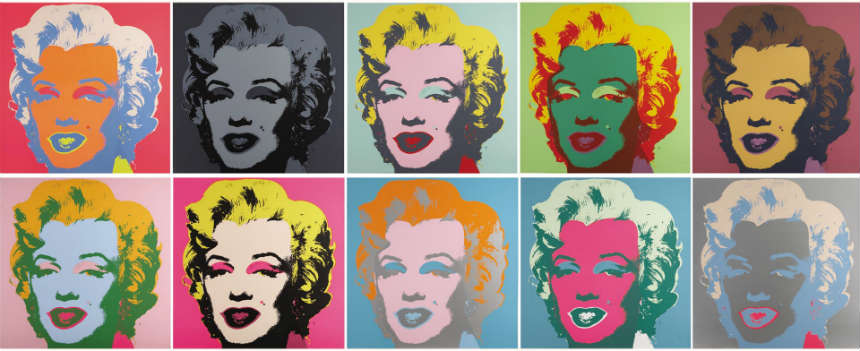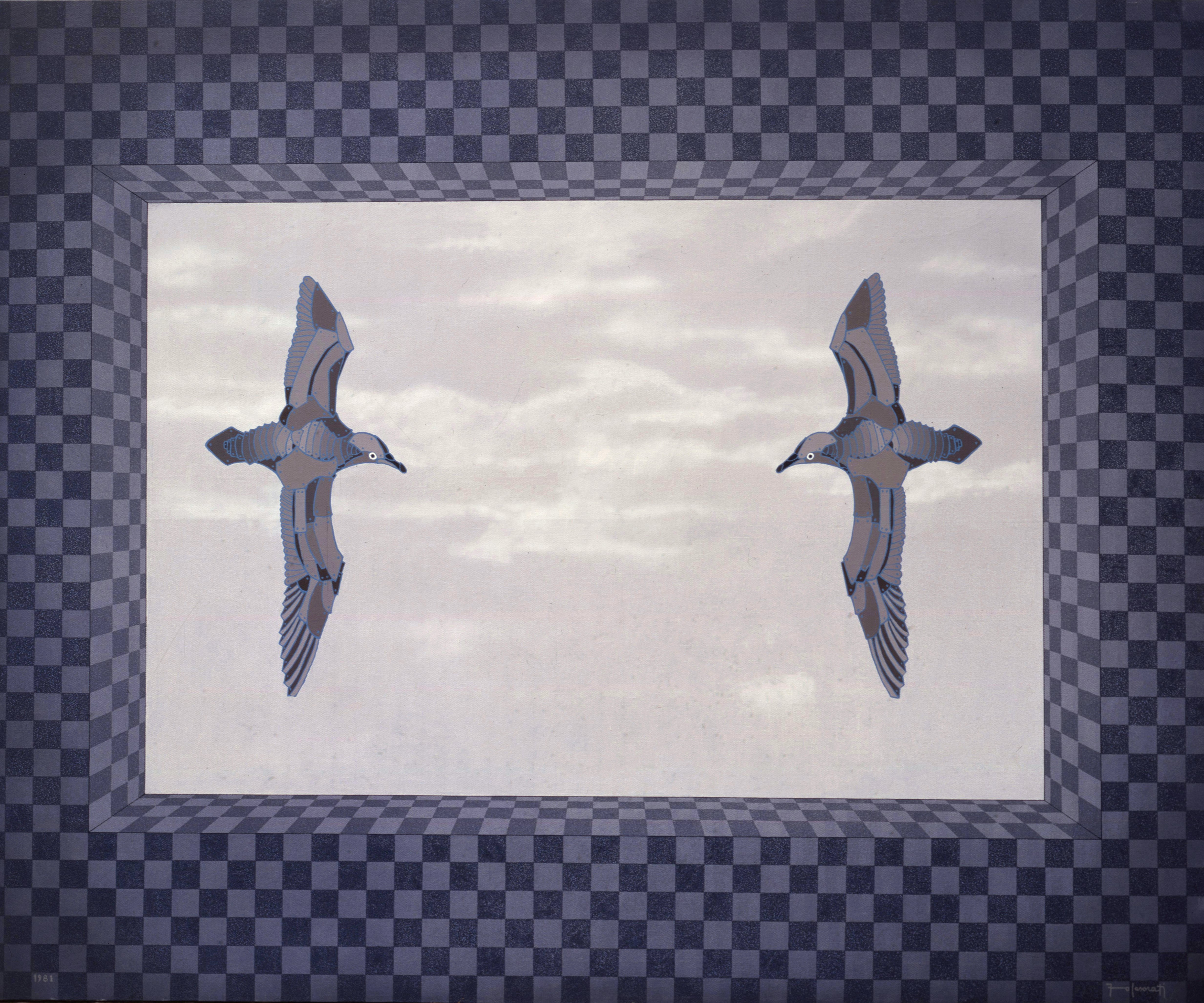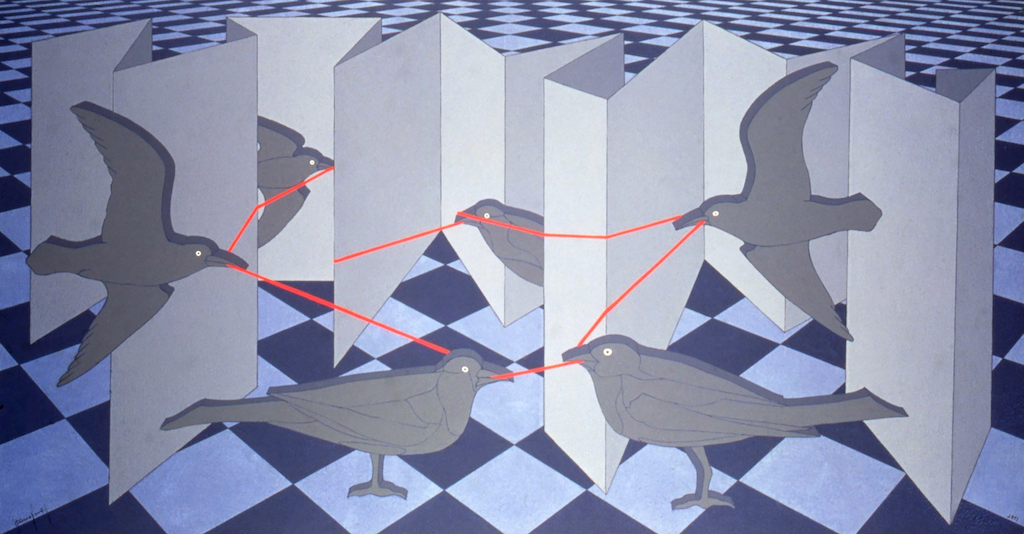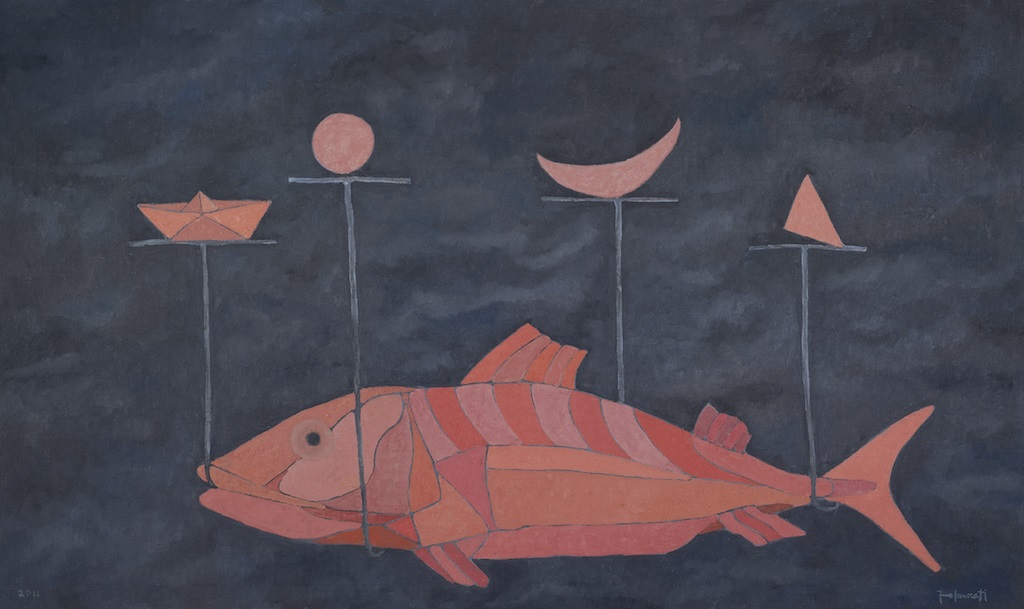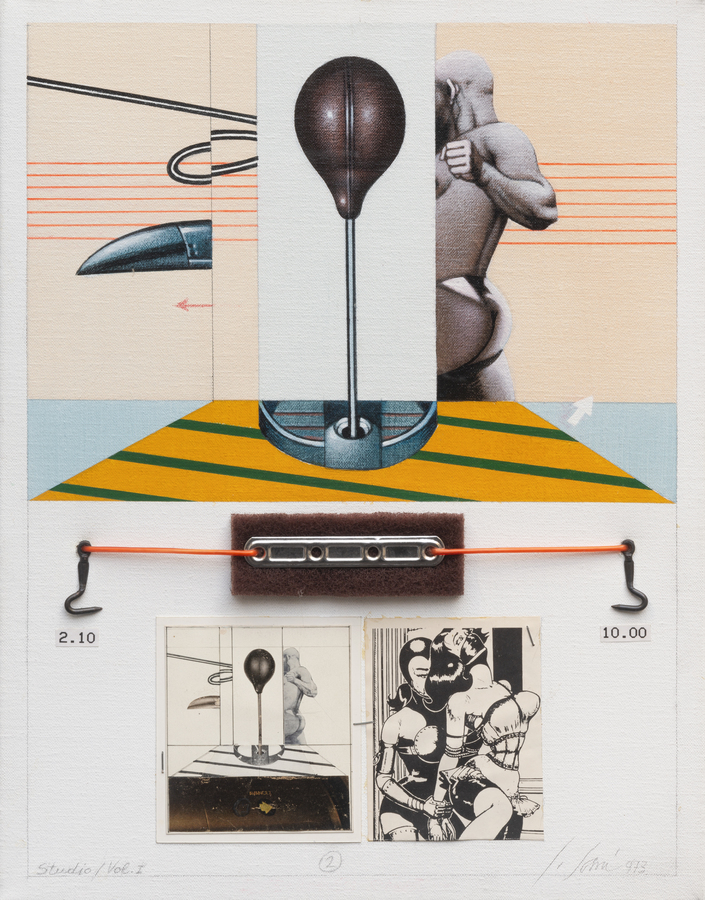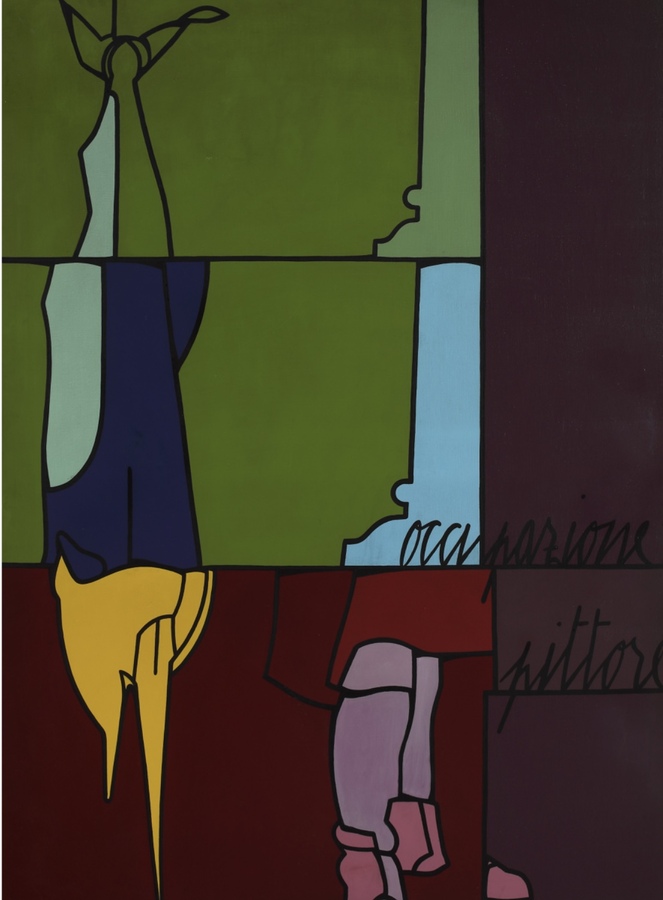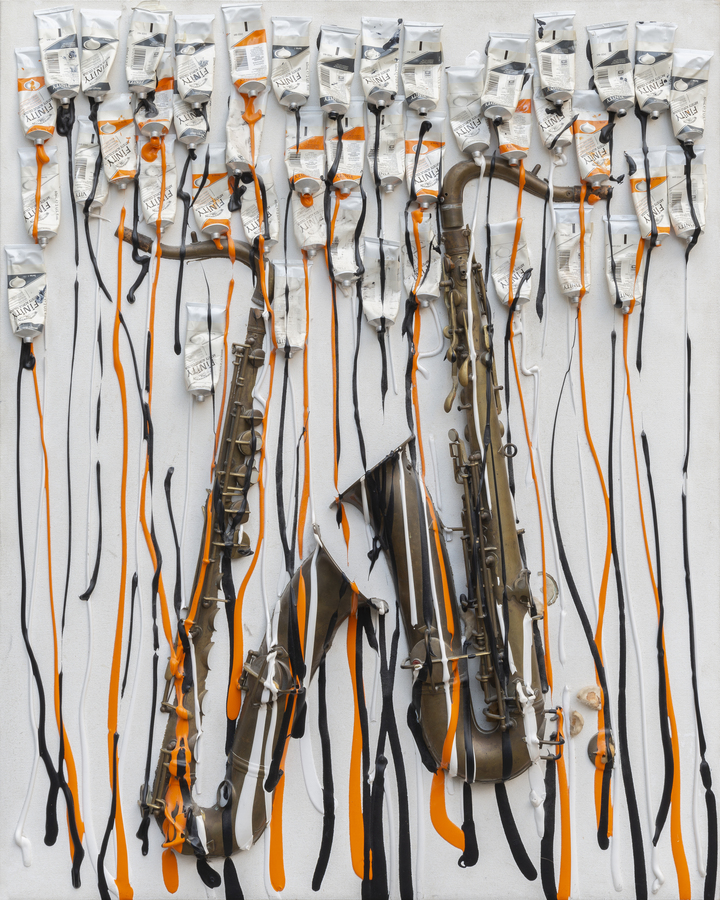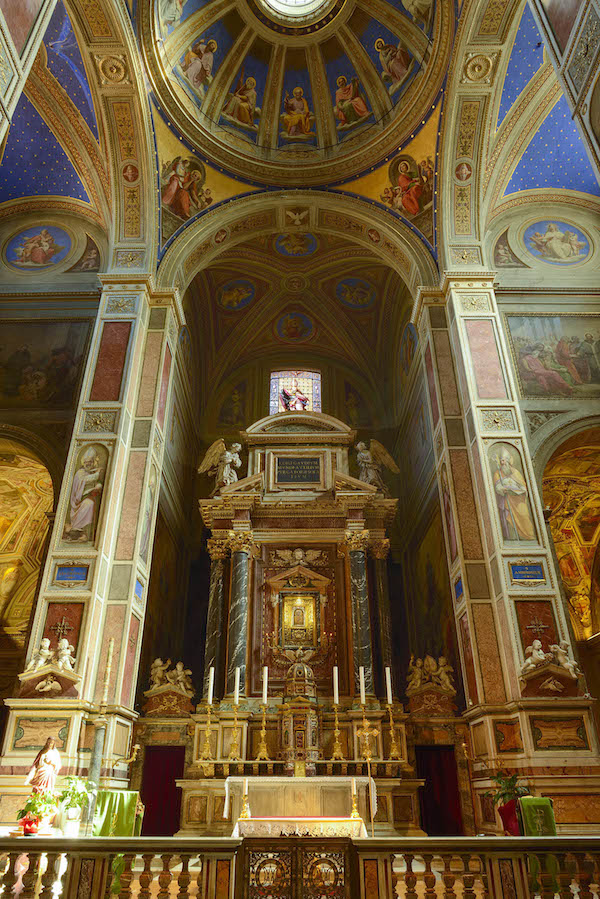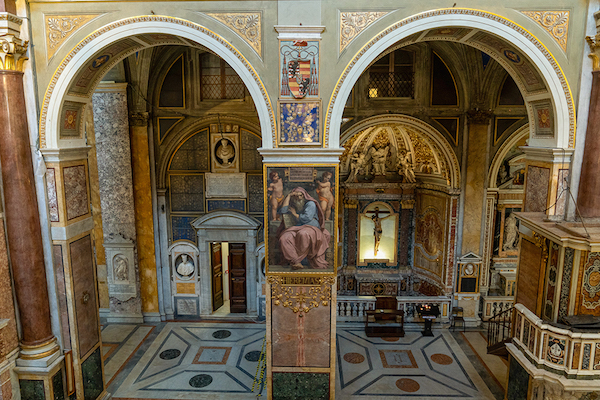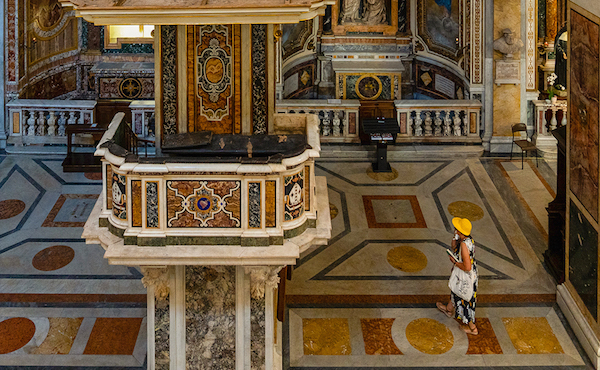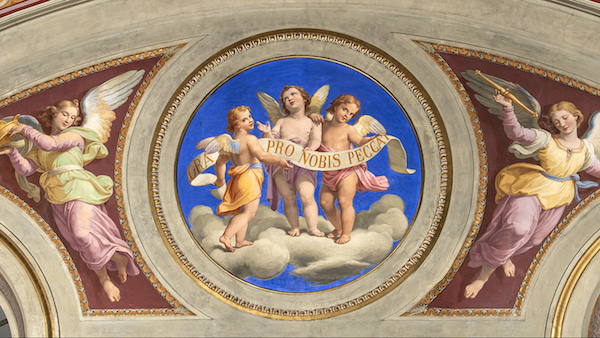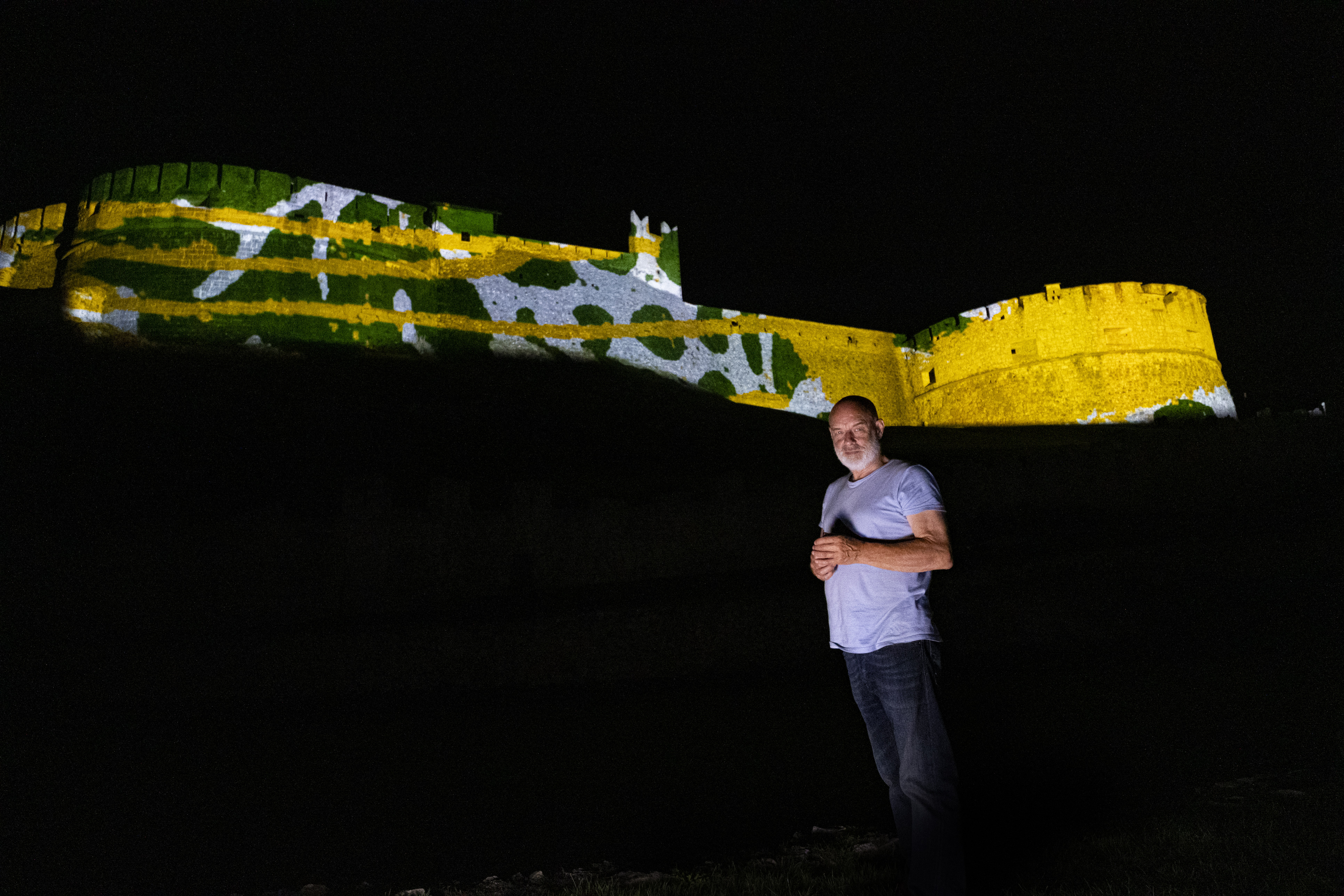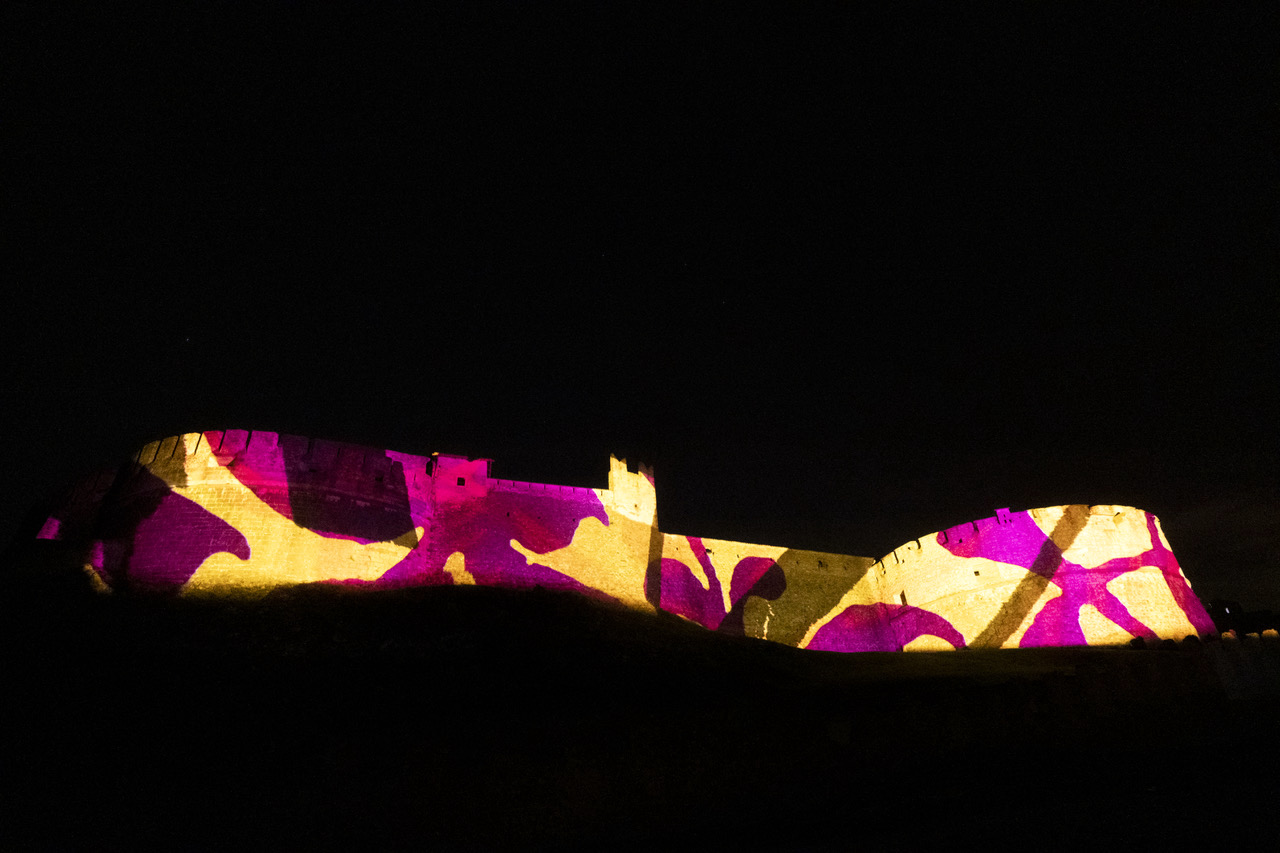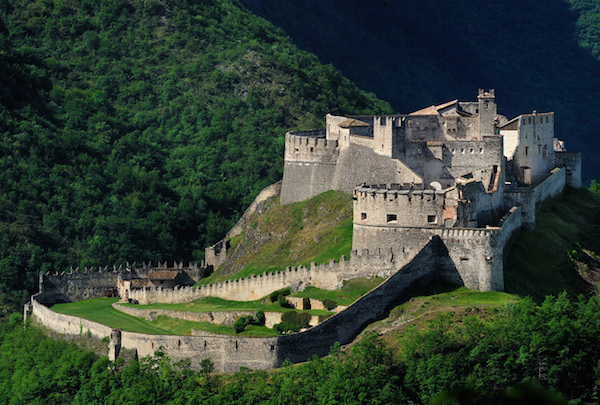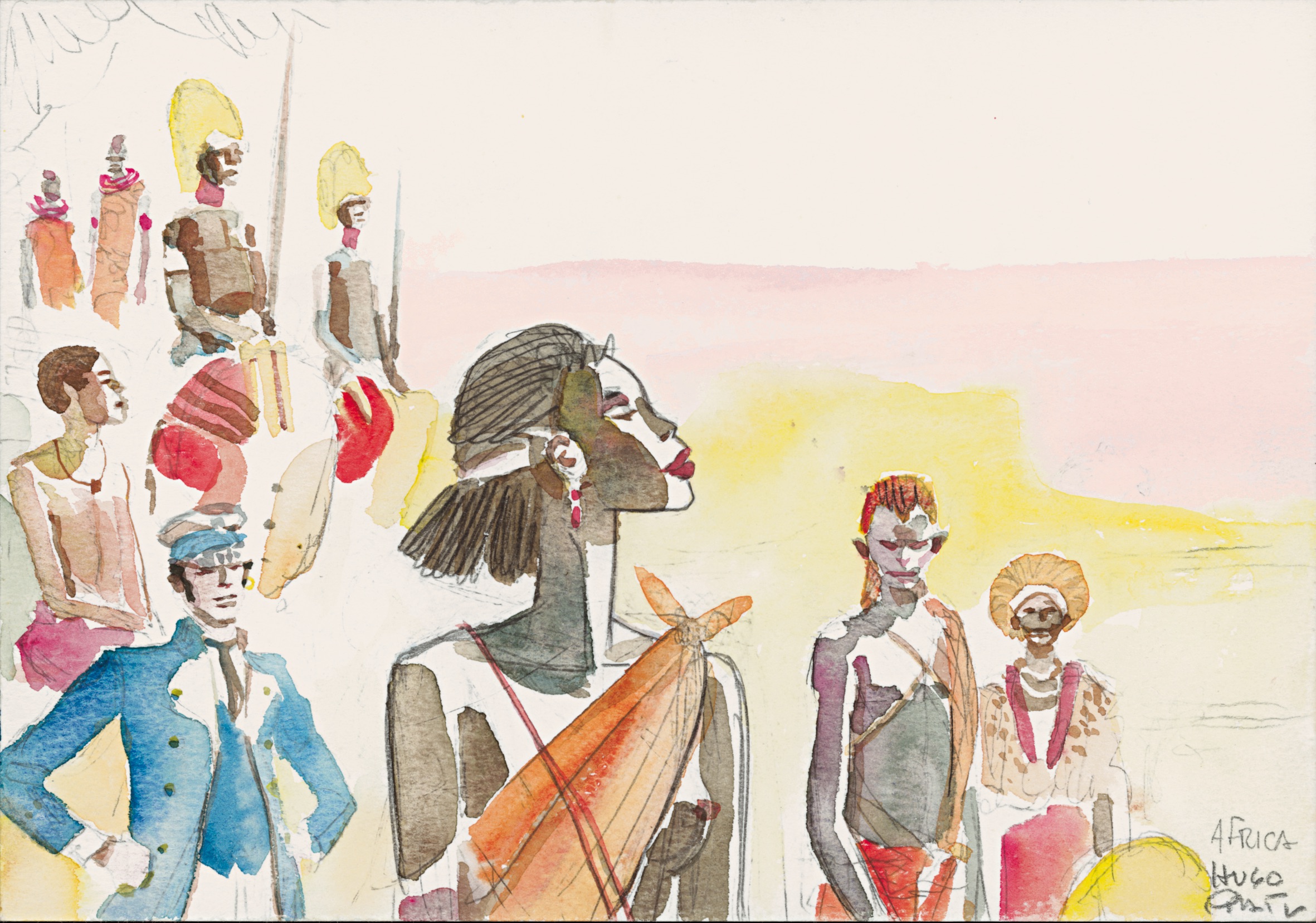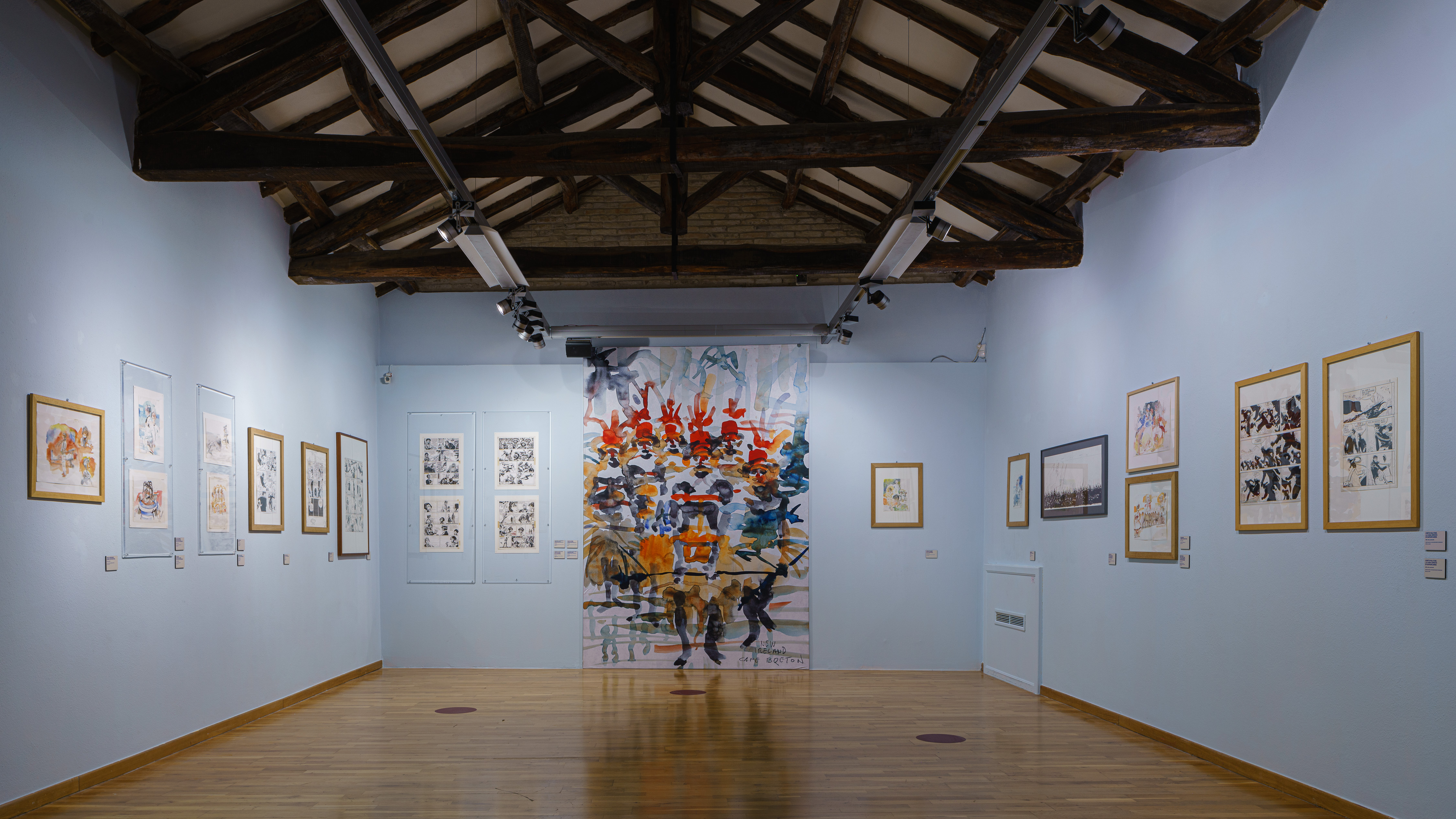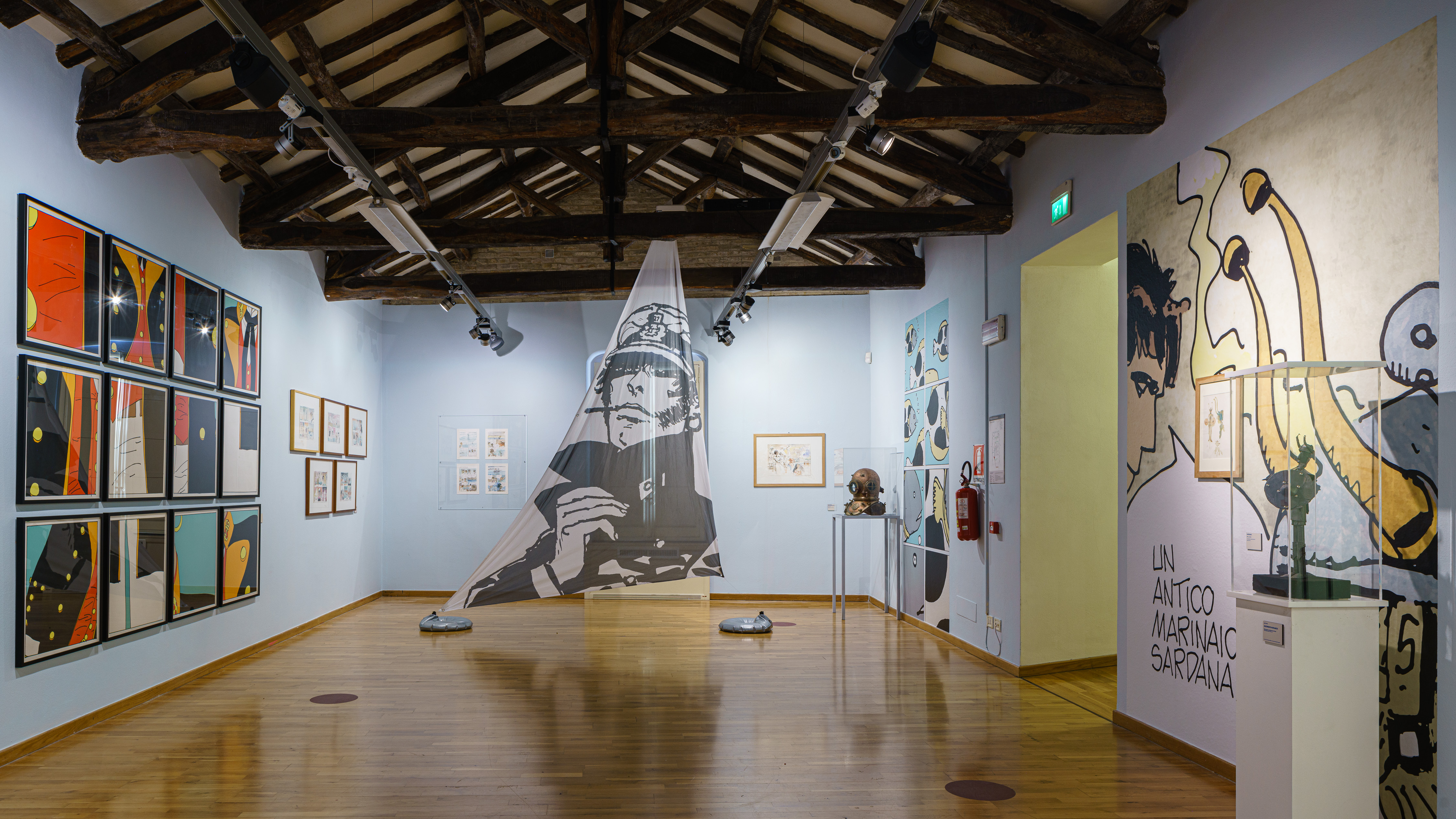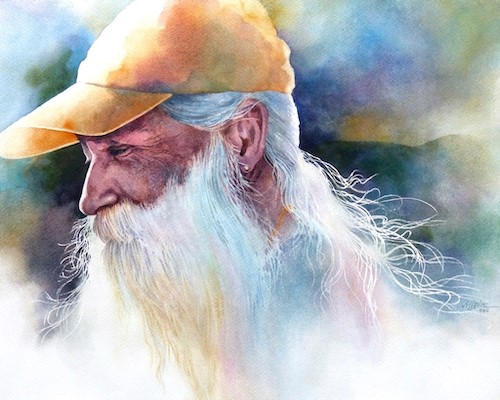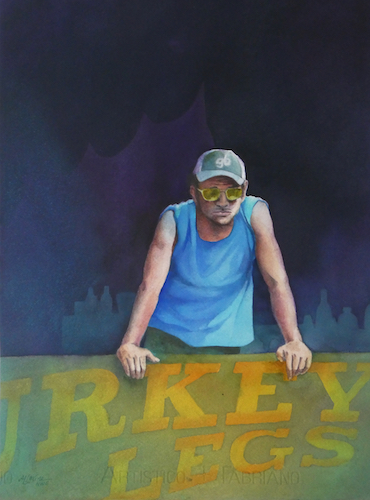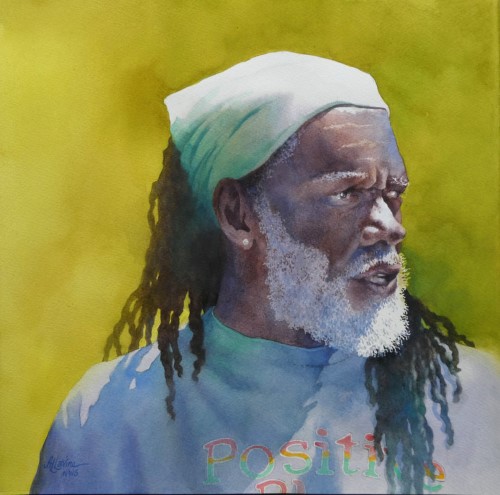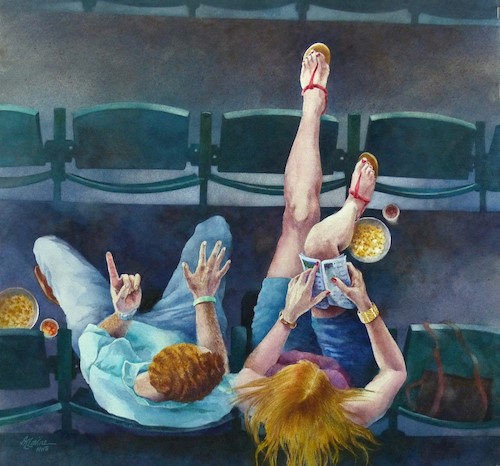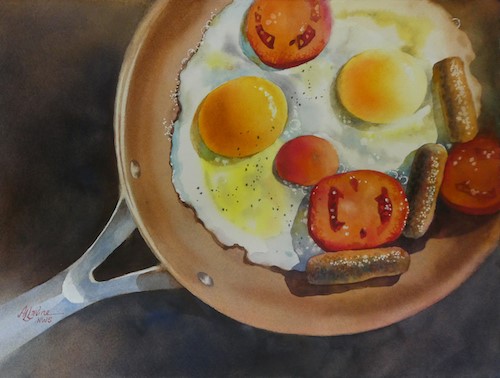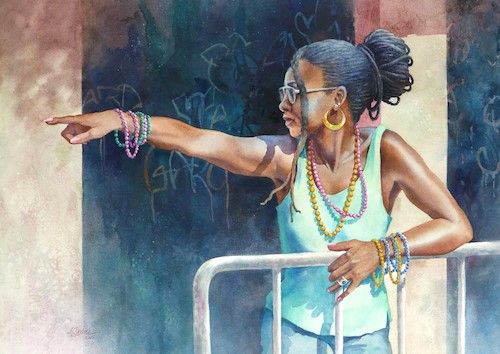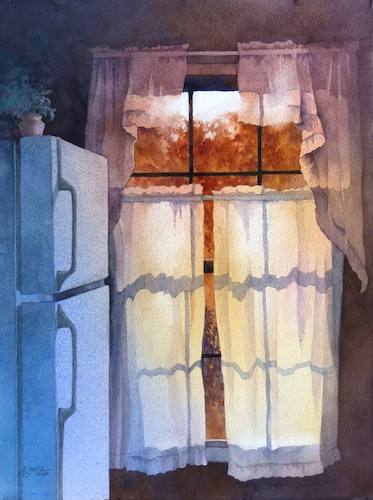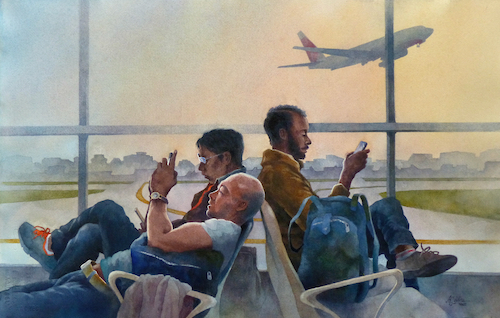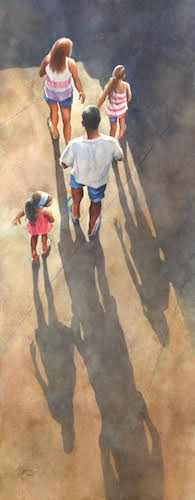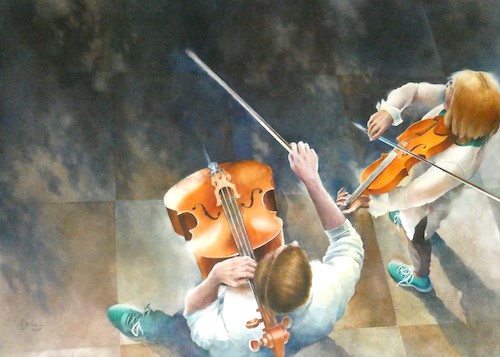L’artista Eric Goldstein presenta una collezione di tele scultoree a tecnica mista che trasmettono la sua impressione di luce e paesaggio. Visita il suo sito web per saperne di più sul suo processo.
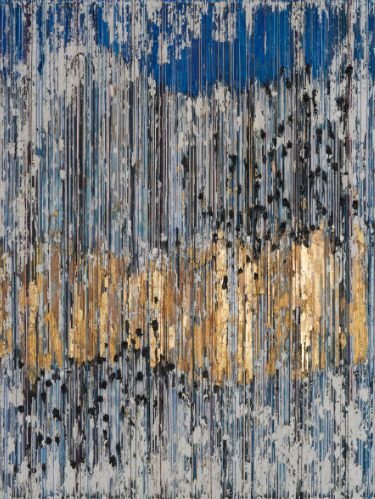
Tecnica mista “Squamish Light”, 40″ x 30″
Faccio arte perché costa meno della psicoterapia!
Questo è detto in modo umoristico, ma la verità di fondo è che per me essere creativo è innegabilmente un processo terapeutico che placa alcuni disordini interni. Immagino che questo non sia unico per me, ma invece una motivazione storicamente simile condivisa da molti altri artisti.
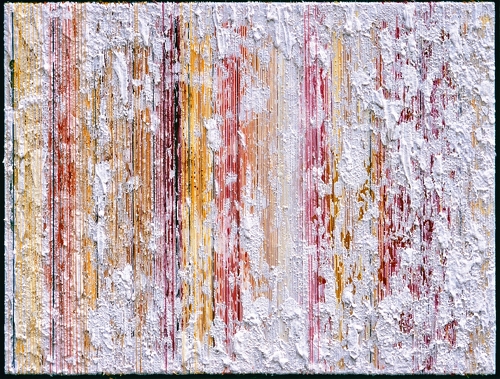
Tecnica mista “9.30 Rain”, 32″ x 42″
Ecco perché trovo l’arte terapeutica.
Forse la ricerca dell’integrità artistica era qualcosa che ho imparato alla scuola d’arte. Guardando indietro, ho erroneamente pensato che dovevo essere bravo in “una” cosa e solo una cosa. Ho lasciato che la mia ambizione professionale facesse deragliare il mio incontro come persona intera.
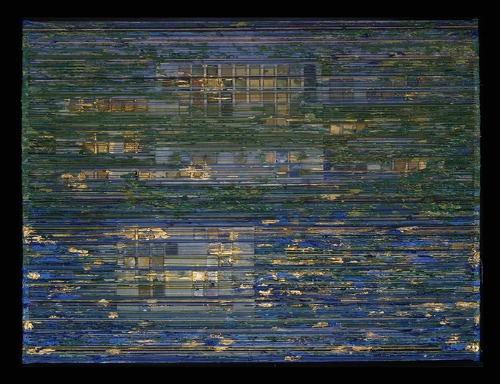
Tecnica mista “A View of the Bay”, 30″ x 40″
Pensavo che la tipica ricerca dell’arte fosse per i ciarlatani, e ciò che era veramente importante era diventare un maestro in un mestiere. Ho tenuto Michelangelo, il consumato maestro artista/artigiano, come mia musa ispiratrice. E poiché la scuola d’arte ha dimostrato di essere senza speranza con un pennello, ho scelto la cinematografia come mestiere da padroneggiare.
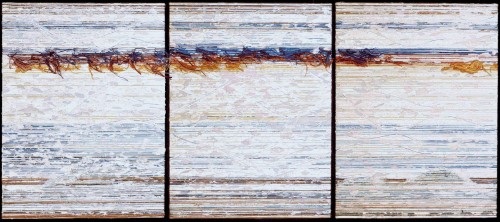
Tecnica mista “Howe Sound”, 40″ x 91″
Sì, la cinematografia ha il fascino dell’arte. Ma come Direttore della Fotografia è il mestiere che ha la priorità sull’espressione personale. Si scopre che come direttore della fotografia professionista hai molte più richieste sulle tue capacità tecniche e sociali rispetto alla tua autoespressione artistica. È un lavoro molto creativo con un sacco di risoluzione creativa dei problemi in corso. Alla fine, sono stato assunto per gestire il tempo di una troupe cinematografica e per creare le immagini che a loro volta verranno utilizzate per costruire la narrativa di qualcun altro. Naturalmente, come in ogni impresa d’insieme, anche la politica può avere la precedenza sull’arte.
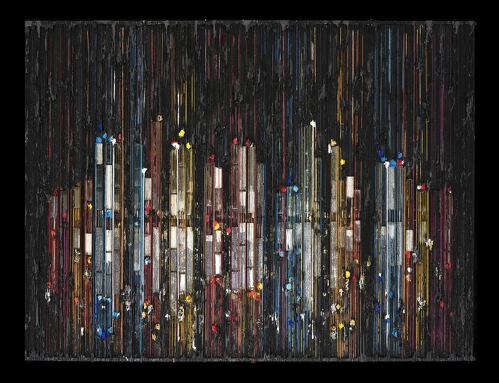
Tecnica mista “December Nights”, 32″ x 42″
In qualche modo, sono riuscito a guadagnarmi da vivere. Negli ultimi trent’anni ho collaborato a oltre 110 progetti cinematografici come Direttore della Fotografia. Mi sono affidato all’alchimia di abilità tecniche, scienze e storia, incanalata attraverso un mirino e un obiettivo per distillare l’ordine visivo fuori dalle narrazioni emotive che mi si pongono davanti.
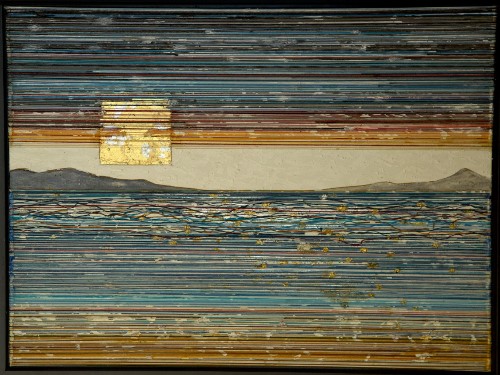
Tecnica mista “Waterline”, 30″ x 40″
Come pittore (per mancanza di un termine migliore, dato che non dipingo – ma costruisco – le mie tele), sono da solo.
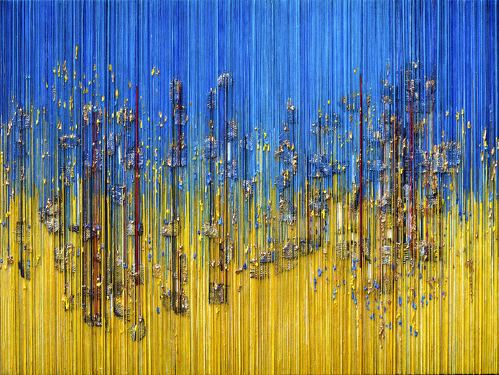
Tecnica mista “frantumata”, 30″ x 40″
Trovo che la pittura richieda un coinvolgimento più profondo con il mio mondo e una comprensione più profonda di me stesso. Sto ancora usando la stessa alchimia creativa, ma ora sto esplorando una storia ancora più intricata che osservo recitare sul nostro palcoscenico naturale.
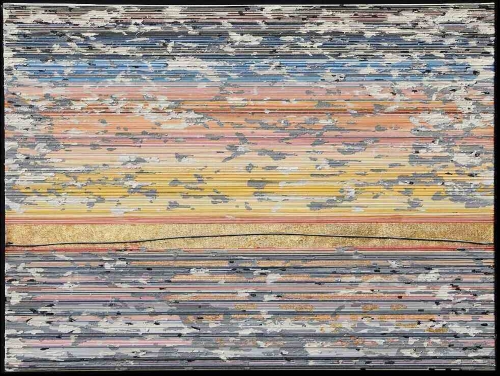
Tecnica mista “Bridgeline”, 32″ x 42″
A loro modo, il mio lavoro celebra gli spazi sconfinati della natura inquadrandone le geometrie, le progressioni lineari e gli algoritmi. Il mio intento è catturare la presenza meditativa che otteniamo dalla natura, non come appare, ma come ci si sente a sperimentare: incomprensibile, indescrivibile e spesso molto caotica.
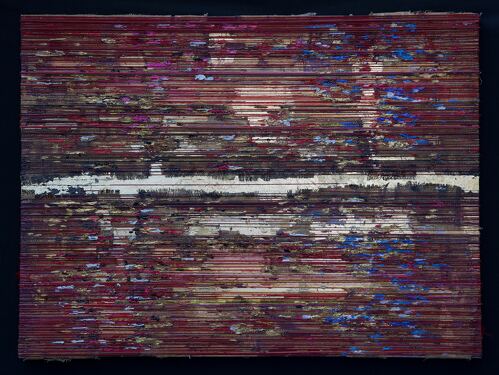
Tecnica mista “arrugginita”, 32″ x 42″
Perfezionando gli elementi di base di linea, colore e trama dai sublimi paesaggi intorno a me, riduco le complessità della natura a un momento apprezzabile di comprensione senza parole.
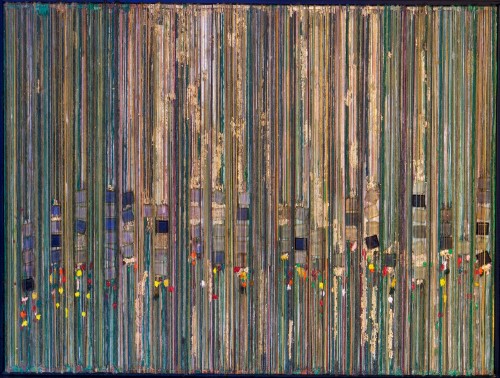
“Indirizzi stradali” tecnica mista, 30″ x 40″
Costruite in modo non convenzionale con varie fibre colorate, lamine metalliche e piastrelle di vetro, le mie tele dipinte esprimono lo stesso concetto di base a cui mi sforzo come direttore della fotografia: “Narrazioni poetiche con energia cinetica”.
L’artista Eric Goldstein ti invita a seguirlo Facebook e Instagram.
Vuoi essere sempre aggiornato sugli articoli economici all’avanguardia di Artsy Shark, oltre a funzioni per artisti e un invito alla prossima Call for Artists? Clicca qui sotto per iscriverti alla nostra email bimestrale. Avrai tutte queste opportunità in più e offerte speciali che non puoi trovare da nessun’altra parte!


